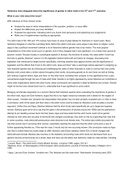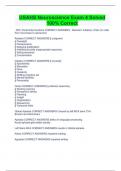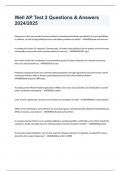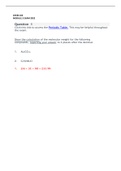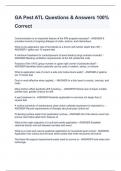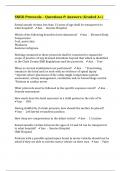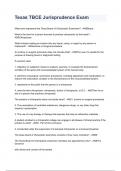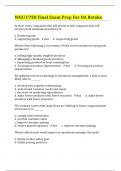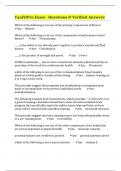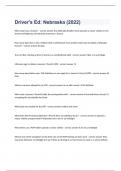Exam (elaborations)
A-Level History Witch-craze Coursework
- Institution
- PEARSON (PEARSON)
This document achieved 28/40, or, a high B grade and can be used as an example of how to structure your coursework if you are aiming for a B. I finished A-level history with an A and was extremely close to an A*, so the mark is good enough if you are wanting an A or B grade and are confident goi...
[Show more]
